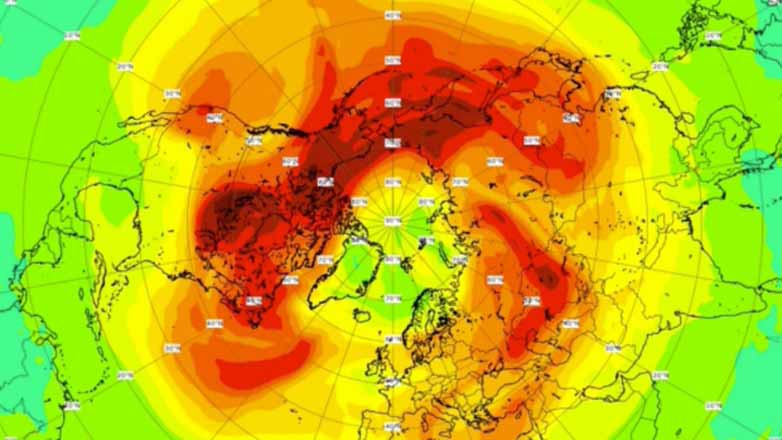Scientists who have been observing the ozone hole at Copernicus’ Atmospheric Monitoring Service (CAMS) has announced that the Ozone layer hole is now closed in the North Pole. They reported that the largest hole in the Ozone layer spreading over 1 million square kilometres above the Arctic has closed due to unusual atmospheric conditions. The hole in Ozone was first identified by scientists in March 2020.
The development of the hole was confirmed by Copernicus Climate Change Service (C3S) and Copernicus Atmospheric Monitoring Services (CAMS) by the European Centre for Medium-Range Weather Forecasts (ECMWF).
Such holes in the ozone layer are quite common above the Antarctic at the South Pole especially during July to September but the ozone layer hole above the Arctic at this time was unusual. The last time such a strong chemical ozone depletion was observed in the Arctic occurred nearly a decade ago, in 2011.
What is Copernicus Climate Change Service?
Copernicus Climate Change Service (C3S) is the European Union’s climate monitoring service. C3S are vital to study and monitor climate change adaptation. It provides climate and climate change information and knowledge by means of accessible, timely, reliable, and user-oriented products.



 World Basketball Day 2025 Celebrates Bas...
World Basketball Day 2025 Celebrates Bas...
 UN Celebrates Second World Meditation Da...
UN Celebrates Second World Meditation Da...
 Winter Solstice 2025 Observed on Sunday,...
Winter Solstice 2025 Observed on Sunday,...







